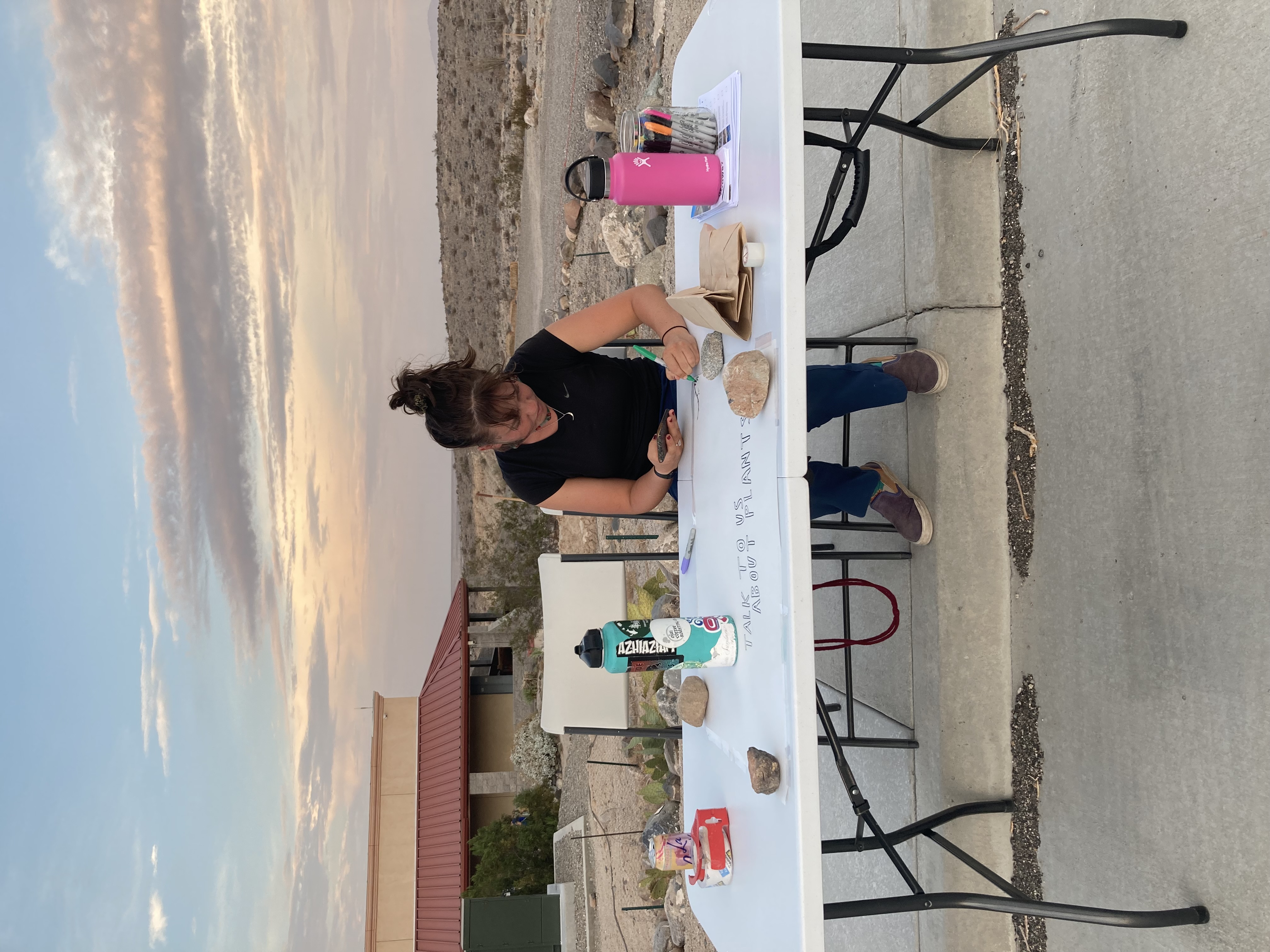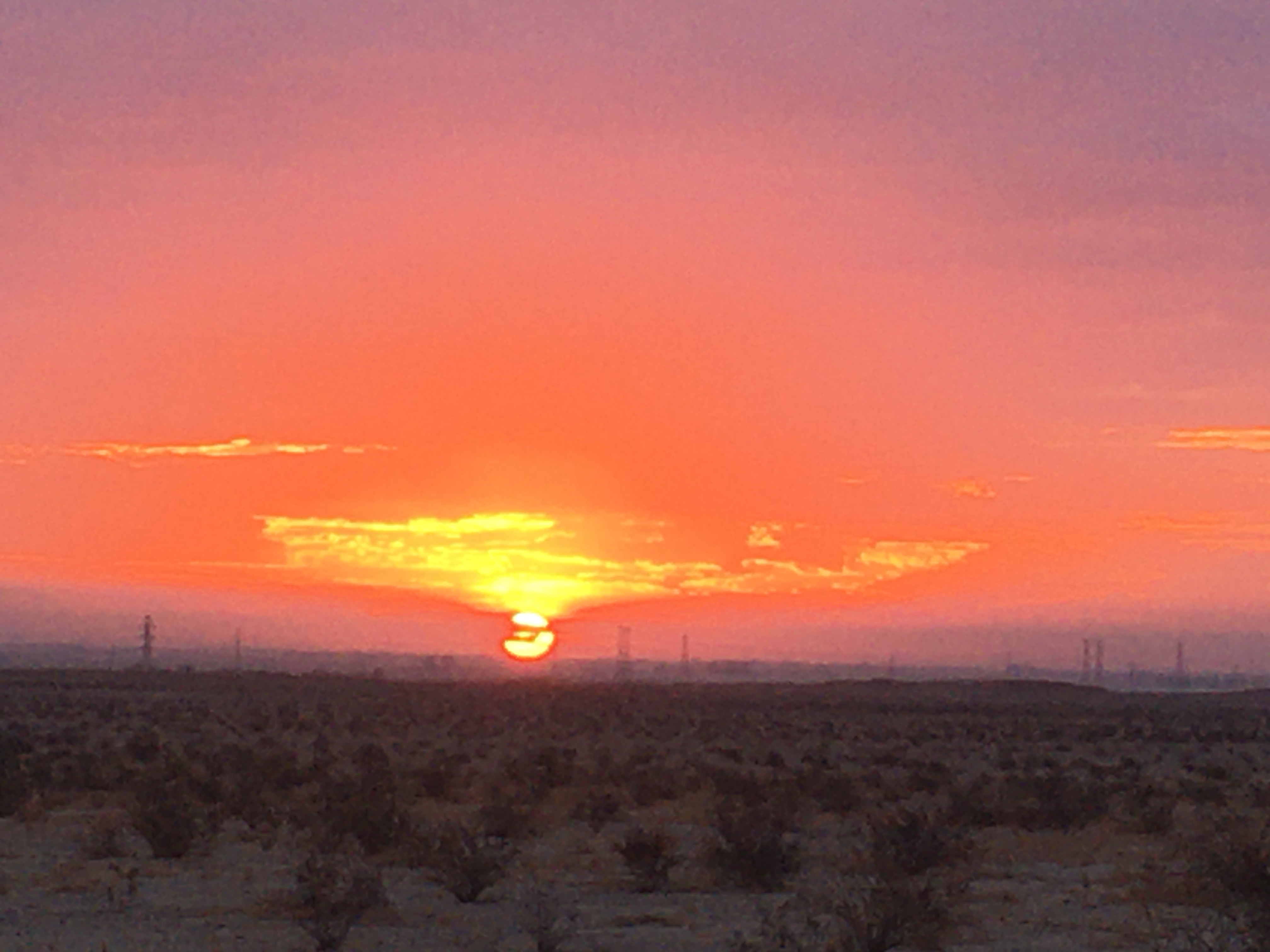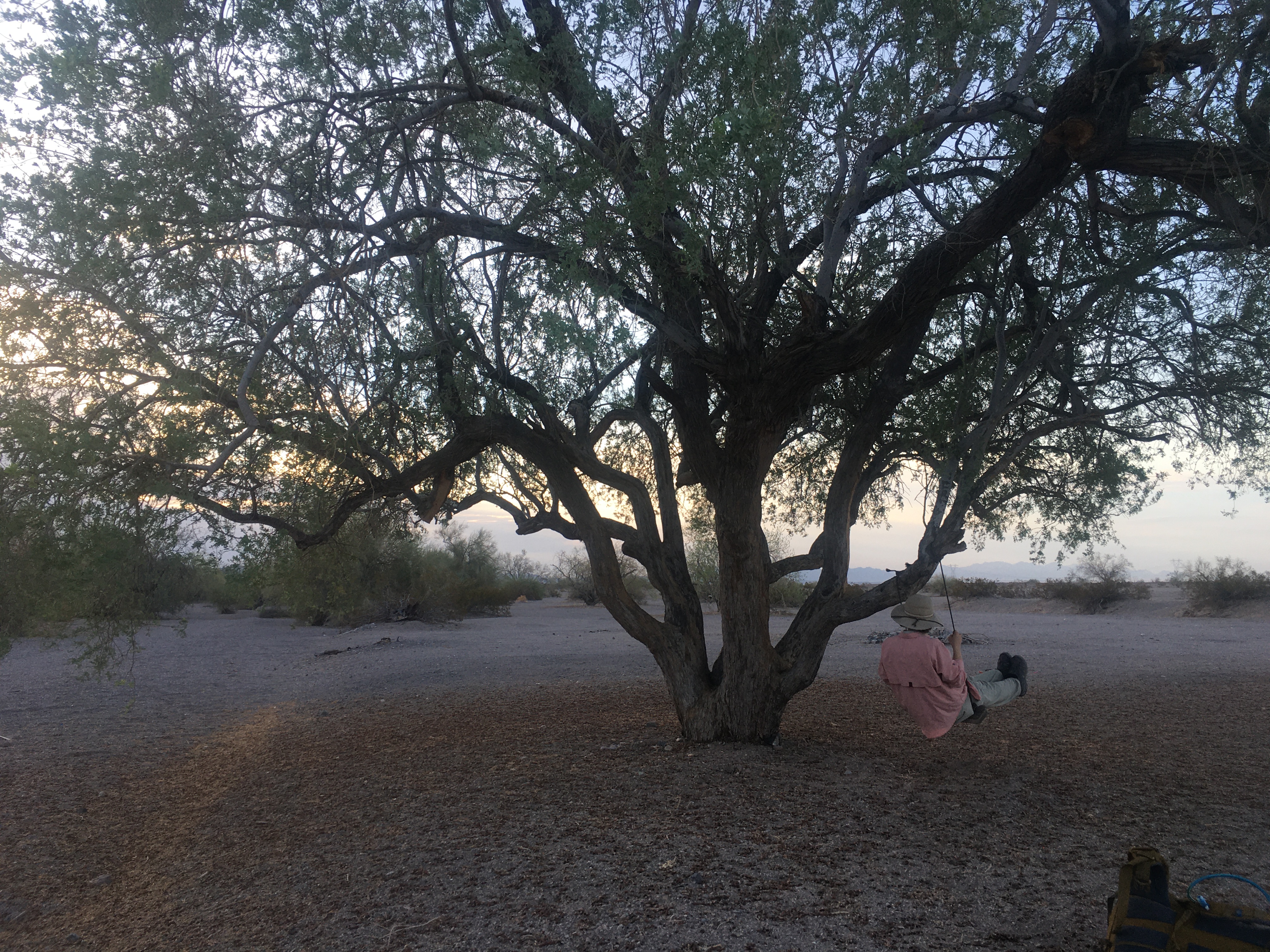hiding out !
Hello! It’s been a while. As a prelude to this newsletter, I recommend checking out this SWEET game from the Arizona Sonora Desert Museum. I had a blast ;) http://desertmuseumdigitallibrary.org/kids/Games/Adaptations.html
From the depths of my hermitage, I sink into the coolness of home. The ease of these unthinkable amenities.
In the bones of this house the very air transforms: for me, for the dog (Lady). Water gushes from the sink and I stock the fridge full. We sit in comfort, the shades softening light through the windows, allowing just a few select rays to join us in the home.
I cook, I read
Lady leans into any attention I give her: a playmate! Time to run outside! I lounge around the house eating lavish salads with pickled beets and cucumbers.
I sing, I write
I plaster my thoughts on the walls around me. Before long, poems, answers, words mix with my reflection on these expansive mirrors. I erase it all, making space for something new.
I ponder, I pray
I run outside, or dance, or leap with Lady by my side until I find more words.
What is the desert doing as I fumble my way through these summer months? I feel disconnected, unwelcome.
Outside it is hot, humid, and oppressive. It feels sort of sad and empty after the sweet, deep, beauty of spring. I get a headache after a few hours in the heat, even when guzzling water and electrolytes. Breezes are rare.
I do not belong here now, few of us do.
But there are those who do stick around, and while I rarely see them, I wonder how they are making it through this season. What is it like to be living out there, where it never cools off? Who is the desert in summer?
The beatles seem unfazed! Especially the dark black stink bug that makes clear tracks in the sand, body carried on thin legs like stilts, their pointed booty stuck up in the air even as they walk. (http://www.arizonensis.org/sonoran/fieldguide/arthropoda/coleoptera.html)
The rabbits hop by in the mornings, light shining through their big ears. Is that really enough to keep them cool?
Grasshoppers, and many other insects, have laid their eggs and moved on, allowing the new generation to wait out the heat and hatch in winter or spring.
The Creosote (Larrea tridentata), which is always around, always spaced out like a grid, keeps growing. Fresh, bright green growth can be seen on the tips of branches. These gigantic creatures (oftentimes colonies are connected, vegetatively reproducing underground) can be up to 10,000 years old and are some of the most drought-adapted plants, able to somehow suck up water from soil that appears to be completely dry. They do not care, it seems, how hot it gets, with their small waxy leaves holding on tight to water. They just keep growing, ready to flower when the next rain comes. (fun resources on creosote- https://www.youtube.com/watch?v=qWl_ojDxfEk , https://www.fs.fed.us/database/feis/plants/shrub/lartri/all.html#:~:text=Creosote%20bush%20exhibits%20root%2Dmediated%20allelopathy).
Other plants look like I feel: dead dry sticks. They are dormant! During this time of year, they go into a sort of hibernation, getting rid of leaves so as not to lose water through the little holes (stomata) which usually allow for photosynthesis and other gas exchange. Brittlebush - which this spring was a beautiful cushion of silver leaves with yellow flowers bursting out on stems as tall as the bush itself - has been reduced to a bouquet of sticks. Other small shrubs are faring similarly. “Swedish Plantguys” on youtube (https://www.youtube.com/watch?v=rRhj7F03WnQ hehe) referred to dormancy as a time for plants to “look inward”, focusing on internal cycles rather than growth or fruit production.
And we are not the only ones looking for seeds during this time of year. In this period where few plants are producing (some are still flowering, which is wild, but much less production overall) many birds and mammals are surviving on the seed bank! This is also, in part, thanks to the large amount of annual seeds, their strategy to survive the drought being to wait until a big rain to germinate. (I really enjoyed this article, particularly the part on annuals, titled “Drought Evasion”: https://www.desertmuseum.org/books/nhsd_plant_ecology.php).
So anyways! I will continue to dance and prance the summer away in my little cave, hopefully learning something in my hibernation. I apologize for my hiatus; things really have drastically slowed down here, and we took a week off in July, plus shifting to less time in the field in general. I am going to try and use my next 2.5 (!) weeks here to do some reflecting on the season, so that will be coming soon. Yahoo! Thank you all so much for being a part of this - having somewhere to send my thoughts and reflections has truly kept me rooted and curious during this adventure, which I could not be more grateful for.
love,
maya
ps. I am famous!!! https://www.blm.gov/blog/2022-06-22/native-seed-collection-project-lays-groundwork-habitat-restoration-projects-sonoran

Outreach at the desert museum's stargazing event! They had 3 telescopes, and we made friends with lots of kiddos who drew on that poster. Was really cool to see a lot of people come out on a summer night for the event, especially since the museum is half an hour from town.

